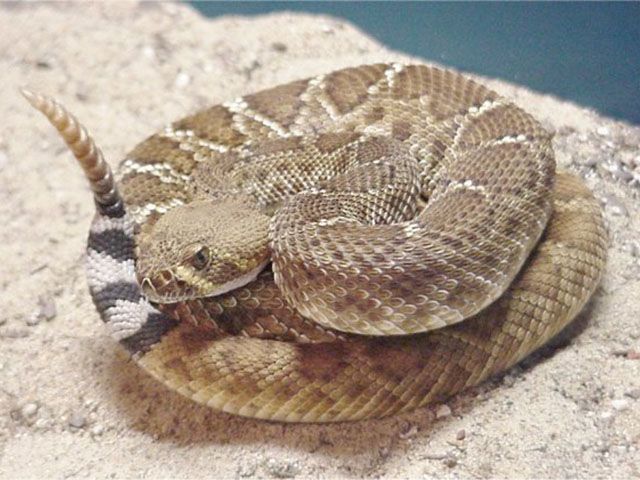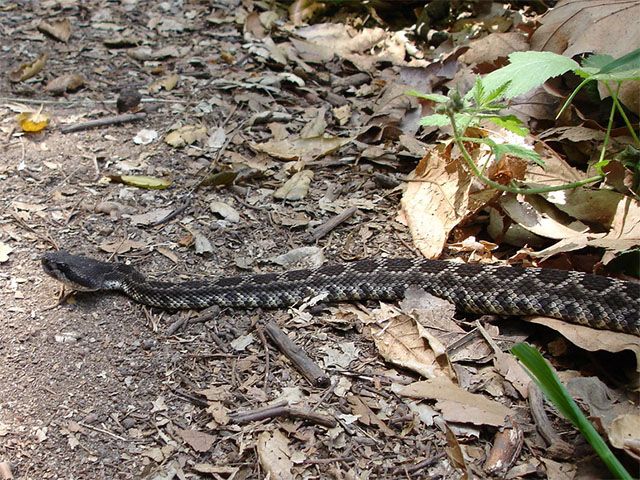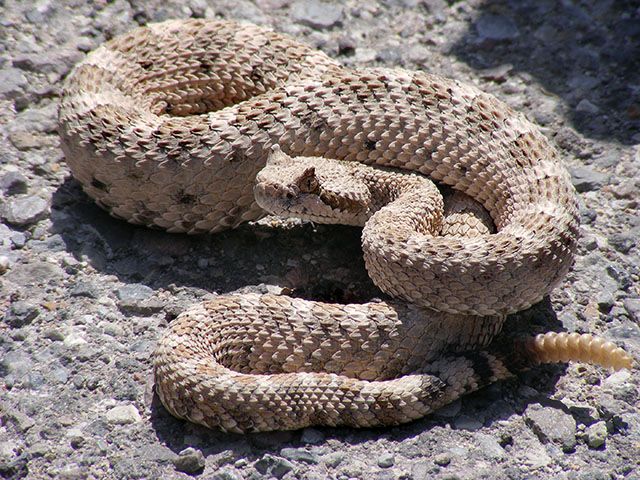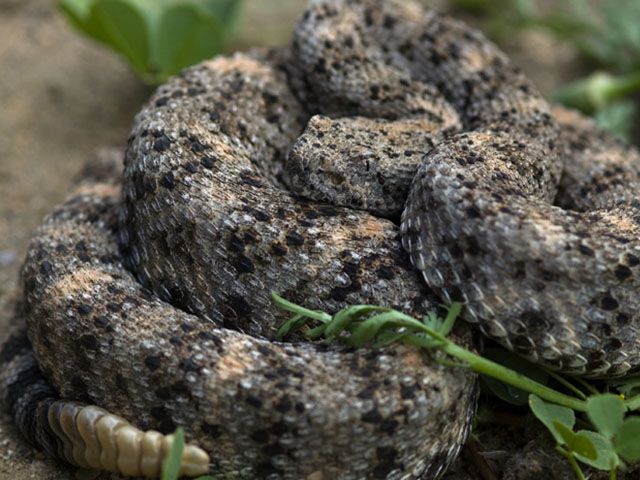
Rattlesnakes: Beautiful and Misunderstood


Red Diamond Rattlesnake (Crotalus ruber)
San Diego’s largest snake species.

Rattlesnakes are an important part of the natural ecosystem. They prey on mice and rats which carry diseases and damage crops. Of the 33 species of snakes found in California, the rattlesnake is the only one that is venemous. With using common sense, we can share our open space with them as they're a valuable member of the national environment. Rattlesnakes are typically not aggressive towards humans, and her first act is usually to get away from you. It cornered, they will bite to defend themselves, but will Typically give you plenty of warning to back off by kissing, raveling their tails, and puffing their bodies. A little care in where we put our feet and hands when we are hiking is all that is necessary for us to coexist with this fascinating predator.


Southern Pacific Rattlesnake (Crotalus oregonus helleri)
Also called a Western Rattlesnake. Most common species in San Diego.

Do rattlesnakes have fingernails?
Answer: No. But their rattles are composed of interlocking rings meet up of keratin--the same material as our fingernails.
Do rattlesnakes swim?
Answer: Yes. Rattlesnakes are good swimmers and have been found several miles out at sea.
Do rattlesnakes lay eggs?
Answer: No. Rattlesnakes give birth to live young. A few weeks after birth, young rattlesnakes leave their mothers and are on their own. They are fully equipped with venom and survival skills.
What is another name for a rattlesnake?
Answer: Rattlesnakes are also called pit vipers because they have a heat sensitive organ known as a pit on each side of their heads, helping them locate and aim at their prey.


Sidewinder Rattlesnake (Crotalus cerastes)
Smallest species just over 2 feet long. Found in the desert.


Southwestern Speckled Rattlesnake (Crotalus mitchellii pyrrhus)
Shy and avoids populated areas.

Preserving and Interpreting the Natural and Cultural Resources of the San Dieguito River Valley